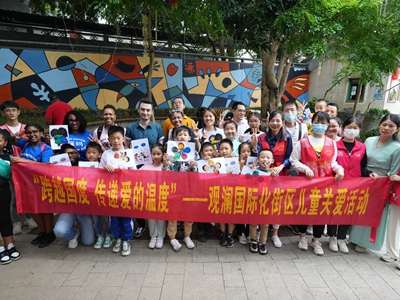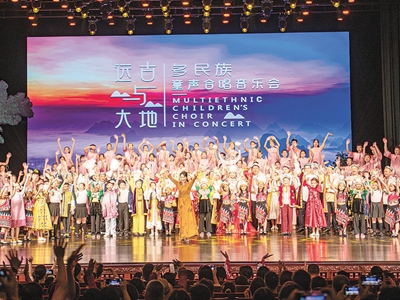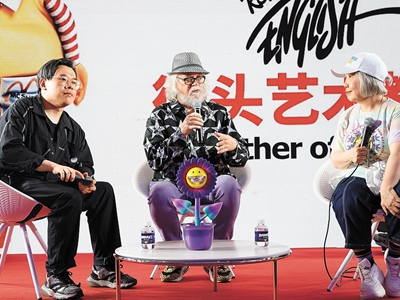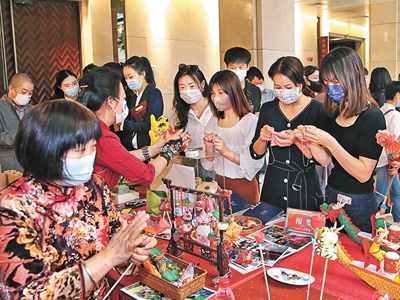Hong Kong ABCs (35): Must eat
Writer:
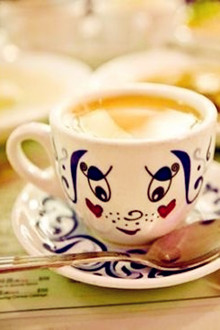
Chinese barbecue
Pronounced “siu mei” in Cantonese, restaurants serving Chinese barbecued meats including barbecued pork, barbecued goose and roast pork, are your window into this traditional Chinese cuisine.
It is impossible not to see this cuisine in Hong Kong because after the highly seasoned meats are roasted on spits over an open fire or in a rotisserie oven, they are hung inside the restaurant and visible from the street. You’ll see “siu mei” hanging in fast-food chains, high-end restaurants and supermarkets. It is a sight — and taste — that is ubiquitous wherever there are Cantonese communities.
Chinese barbecue restaurants usually have highly flexible menus that allow you to pair your roast meats with rice, noodles or rice noodles. Combo plates enable solo diners to sample several meats in one meal.
Dim sum
Dim sum means “touch your heart” in Chinese and with as many as 150 items on a restaurant menu, and 2,000 in the entire range, it is a challenge to not find something you love. As Cantonese people tend to avoid fried foods early in the day, steamed dishes dominate most dim sum menus. There are also snack-sized portions of pan-fried, deep-fried, and baked foods served in bamboo containers, which are designed to be eaten communally and washed down with tea. Hence, going for dim sum is known as yum cha in Cantonese, which literally means “drinking tea.”
Hong Kong-style milk tea
Chinese tea culture features strongly in Hong Kong but the local milk tea is a more recent concoction, having only come on the scene in the 1950s. Various blends of Sri Lankan black tea are infused with evaporated or condensed milk. It is called Stocking Milk Tea because it is percolated in a stocking-like filter. The brew is smooth and creamy in texture.
Local snacks
Snacking in Hong Kong is a diverse business, with everything from slush drinks, egg tarts, pineapple buns, and mini egg puffs, to fish balls and octopus balls available on the streets. Visitors can graze their way through the city for a really local experience.
Noodles and congee
Noodles and congee (rice porridge) are often served under the same roof. Some of the more traditional restaurants that serve both will have two open kitchens flanking the entrance. One kitchen will be dedicated solely to making congee, the other to making noodles.
Sweets
Every now and then, Hongkongers take time from the rush of urban life to enjoy a rush of sugar in the city’s dessert shops. Everything from light traditional Chinese sweet soups such as red bean soup, tofu pudding, sweet rice dumpling and white fungus and pear soup to Hong Kong fusions like durian creations are served day and night. (SD-Agencies)
(This section is dedicated to the coming 20th anniversary of Hong Kong’s return and the 20th anniversary of Shenzhen Daily, which fall on the same day — July 1.)



